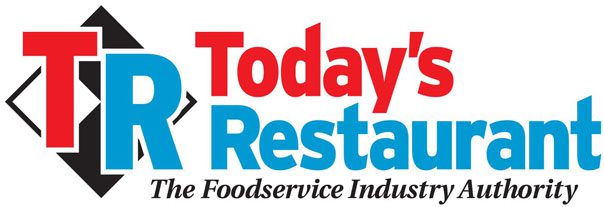
How Businesses are Finding, Hiring, and Retaining Talent in 2022 and beyond
By Amanda Hahn, Interim CMO at HireVue
The hospitality industry is a seismic employer for hourly employees – hospitality and tourism employ nearly 15 million people in the US, making it a cornerstone of the economy. In 2017, travel and tourism was a $1.6 trillion industry, and it’s bouncing back to pre-pandemic levels. Forbes found that on December 23, 2021, 2.1 million people traveled through airports, “outpacing the same day in pre-pandemic 2019.” And the trend isn’t slowing down as 2022 summer travel plans are made. Eighty-five percent of Americans are planning to travel this summer while 46% percent of them will be flying.
To help make sense of the ongoing upheaval in the labor market, HireVue surveyed 1,657 hiring leaders around the world to understand how they thrived in 2021 and which lessons can be carried throughout 2022 as companies navigate continuing resignations. What we learned is especially important for the fiercely competitive and notoriously fickle hourly worker. To get offers accepted before the competition, top talent teams are:
- Automating what can be automated
- Using digital tools and in-person touch points
- Focusing on diversity, inclusion and belonging
- Recruiting from within the organization
Automating what can be automated
Companies hiring faster in spite of talent shortages have made several changes in the past year, including introducing job-matching technologies to recruit externally and internally (57%), moving to a combination of in-person and virtual interviews (37%) and implementing technologies such as AI, chatbots, and skills assessments (24%).
A great example of the power of automation comes from Maggiano’s Little Italy who deployed a conversational AI candidate engagement solution and started capturing and engaging potential candidates across mobile and web. They closed 66% of open requisitions in 2 weeks with bot pre-screening, which allowed their corporate recruiting team to focus less on administrative tasks and more on value-add activities.
Blending digital and in-person interviews
Hospitality employees can’t work from home, but there’s nothing to say that their interviews can’t take place there. Three out of four respondents are now using virtual interviews to some degree, with 20% relying solely on them for interview needs. Additionally, nearly half of respondents (45%) are using some form of automation in their hiring process, and 20% plan to
implement it in the next 6-12 months. As a result of this blended approach, talent leaders report experiencing greater flexibility, more time savings, and more time spent with top candidates.
Focusing on diversity, inclusion and belonging
Survey respondents with lower rates of attrition reported a greater focus on diversity, equity, inclusion and belonging programs. This included adopting a skills-first approach (45%), replacing resumes with skills-based assessments (33%), dropping college degree requirements (16%) and prioritizing bootcamp certification, rather than excluding candidates without degrees (18%).
The research on improving diversity is clear: A selection process that does not use objective standards to evaluate talent creates a barrier to building a more diverse organization. One of the simplest ways to overcome this is to implement structured interviews that are developed to focus on a candidate’s job-relevant knowledge, skills, abilities, and work styles, rather than interviewer opinions or unconscious biases. Research has shown structured interviews are up to two times as effective at predicting job performance than unstructured interviews.
Prioritizing diversity, equity and inclusion isn’t just the moral thing, it’s good for business, and talent leaders who double down on these strategies will reap the benefits by retaining the talent they worked so hard to source.
Recruiting from within
Businesses are implementing myriad strategies to stop the flow of talent away from their organizations, including: increased compensation (54%); adding learning and development allowances (44%); implementing employee recognition programs (42%), and improving their employer branding (42%).
And remember, if you have hourly and salaried workers in your business, it’s not about offering apples to apples benefits and programs, but creating equity. You can’t offer working from home for a line cook, but the equivalent could be more predictable schedules, onsite childcare programs, or credits to third party daycare.
Looking ahead
The path forward is one of innovating the ways in which we connect with each other, no matter when and where we work; it’s about creating and maintaining relationships with customers who become candidates and candidates who are customers.
About the Author: Amanda Hahn is the Interim CMO at HireVue, the global leader in video interviewing, assessments, and text-enabled recruiting tools.
To read more great articles go to www.trnusa.com/blog





Recent Comments